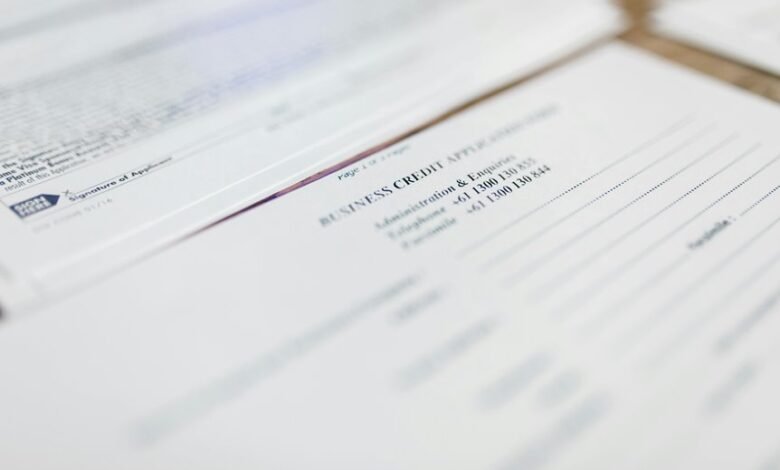Caller Risk Assessment & Fraud Prevention Bureau 3296027812 3391053862 3510019347 3668758949 3715343797 3338008558

Caller risk assessment is a crucial component of modern fraud prevention strategies. Certain numbers, such as 3296027812 and 3391053862, may raise red flags due to their association with fraudulent activities. Organizations must analyze these indicators systematically. By doing so, they can identify potential threats and implement effective countermeasures. Understanding the dynamics of caller identification can lead to more robust protections. What specific measures can be taken to enhance these systems further?
Understanding Caller Risk Assessment
Caller risk assessment embodies a critical process for organizations aiming to mitigate potential fraud and enhance security protocols.
This process involves caller verification and risk profiling, enabling businesses to analyze the legitimacy of incoming communications.
The Role of Bureau Numbers in Fraud Prevention
Bureau numbers serve as a pivotal component in the landscape of fraud prevention, providing organizations with an effective means of enhancing caller verification processes.
Their bureau significance lies in facilitating robust fraud detection mechanisms, allowing entities to assess risk profiles accurately.
Identifying Potential Threats From Incoming Calls
How can organizations effectively discern potential threats from incoming calls?
By employing advanced caller identification systems, organizations can analyze incoming numbers against known risk indicators. This process allows for the identification of suspicious callers, facilitating a proactive approach to fraud prevention.
Monitoring patterns in call behavior and correlating them with established threat databases enhances the ability to mitigate risks associated with incoming communications.
Tips for Safeguarding Against Fraud Risks
Organizations face a myriad of fraud risks, and implementing robust safeguards is crucial for maintaining security.
Effective prevention strategies include regular training for employees on fraud detection, utilizing advanced technology for monitoring transactions, and establishing clear reporting procedures.
Moreover, fostering a culture of vigilance and awareness empowers individuals to recognize suspicious activities, thereby enhancing the overall resilience against potential fraud threats.
Conclusion
In conclusion, the implementation of caller risk assessment is paramount in modern fraud prevention strategies. By meticulously scrutinizing numbers like 3296027812 and 3391053862, organizations can unearth potential threats that lurk behind the façade of everyday communication. As the digital age continues to evolve, employing advanced identification systems will be akin to using a magnifying glass in a shadowy alley—essential for revealing hidden dangers. Vigilance and proactive measures are crucial to safeguarding against the ever-present risk of fraud.





